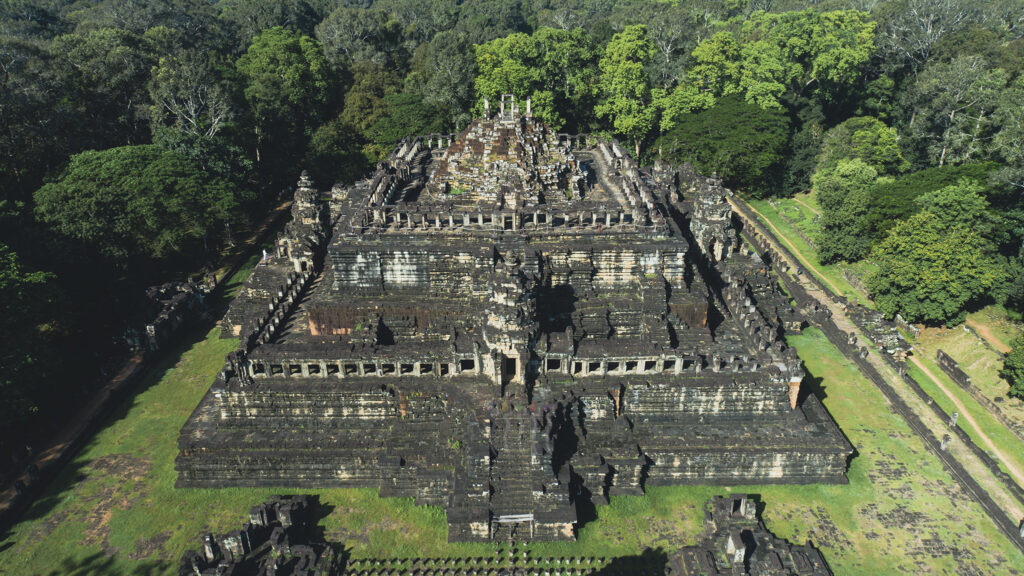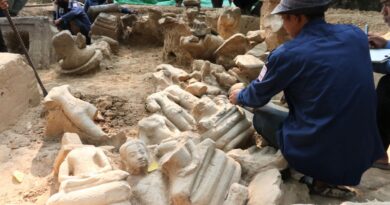អាជ្ញាធរជាតិអប្សរា ប្រទះឃើញបំណែករូបព្រះពុទ្ធបដិមាធ្វើពីថ្មភក់ ចំនួនជាង១០០បំណែក នៅប្រាសាទតាព្រហ្ម-APSARA National Authority found more than 100 pieces of sandstone Buddha statues at Ta Prohm Temple- 30 April 2024
ក្រុមការងារនាយកដ្ឋានអភិរក្សប្រាសាទ និងបុរាណវិទ្យា នៃអាជ្ញាធរជាតិអប្សរា បានប្រទះឃើញបំណែករូបព្រះពុទ្ធបដិមាធ្វើពីថ្មភក់ប្រមាណជាង១០០បំណែក នៅក្នុងបរិវេណរបស់ប្រាសាទតាព្រហ្ម ខណៈពេលដែលជីកដីធ្វើកំណាយសម្រាប់ស្រាវជ្រាវ កាលពីពេលថ្មីៗ។





